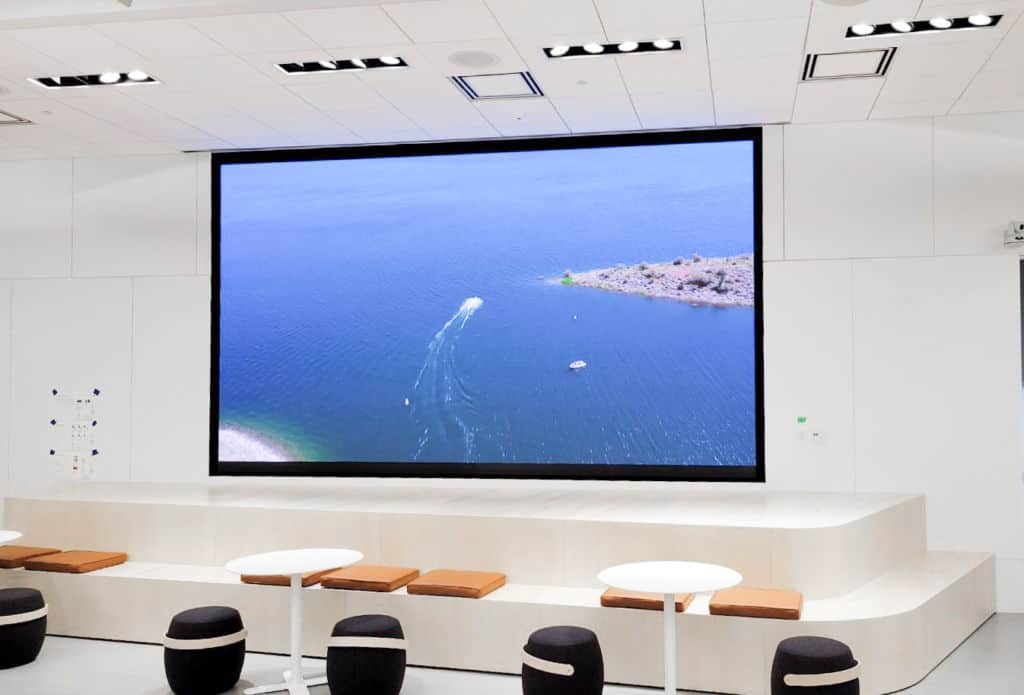When discussing resolution, it is crucial to take into account picture spacing, which is the distance between the center of one pixel to the center of the following picture element. A reduced pixel pitch yields a greater image clarity, allowing for additional detail in the images displayed. For example, an LED wall with a picture spacing of 1.5mm will provide a sharper visual than one with a picture spacing of 3mm. This is especially crucial in environments where viewers are close to the screen, such as in a small venue or a trade show booth. In these cases, a greater resolution can significantly enhance the viewing quality.
Another factor of image clarity is its impact on hue precision and luminosity. LED walls with greater image clarity often have better color rendering, meaning that the colors displayed are more lively and realistic. This is essential for uses like marketing, where the objective is to capture attention and convey a message efficiently. Additionally, greater resolution displays can maintain brightness levels even when seen from various angles. This is important in large venues where viewers may be positioned at different distances and angles from the display.

The functionality of LED walls is also affected by image clarity led screen color fidelity testing in terms of refresh rates and response times. A higher resolution display can handle faster update frequencies, which is crucial for fast-moving content such as films and motion graphics. This indicates that the visuals on the display will look more fluid and increasingly seamless, improving the total observing quality. In comparison, reduced resolution screens may struggle with dynamic content, leading to fuzziness or delay. Therefore, for occasions that depend on high-energy visuals, choosing a display with a suitable resolution is critical.
In summary, image clarity plays a crucial role in defining the functionality and image quality of LED walls. Factors such as pixel pitch, color accuracy, brightness, refresh rates, and reaction times all affect how efficiently a screen can communicate information and engage viewers. As technology continues to progress, grasping these factors will assist operators choose the appropriate LED screen for their particular requirements, guaranteeing that they obtain the best possible results in their presentations and events.